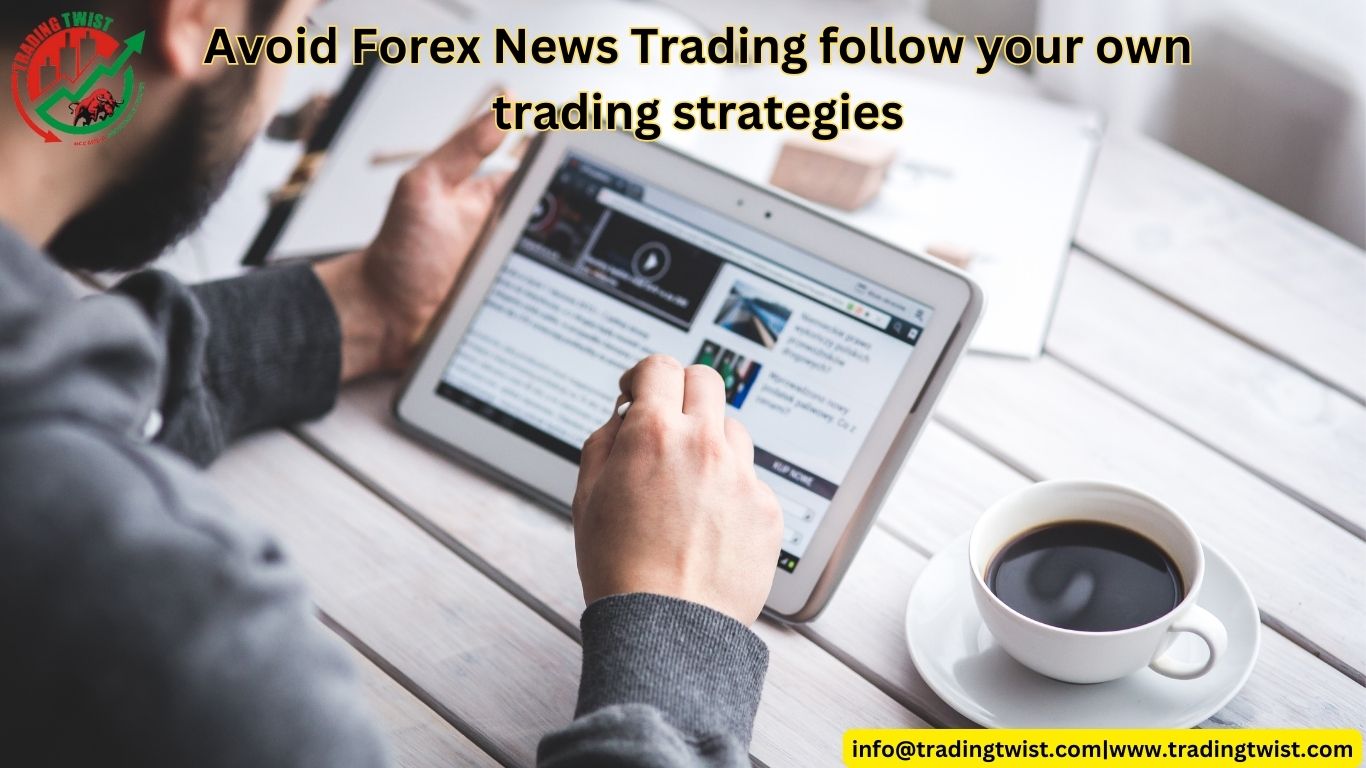
News events, such as economic reports and political developments, can have a significant impact on the financial markets. These events can cause volatility and lead to rapid price movements, which can create opportunities for traders to profit. However, it’s important to understand that Forex News Trading events can be unpredictable and may not always result in the expected outcome. Additionally, news events can create market noise and false signals, making it difficult to identify genuine trading opportunities.
Why Trading the News Can Be Risky
Trading the news can be risky because it involves making decisions based on unpredictable events. The market’s reaction to news events may not always be rational or predictable, and traders can easily get caught up in the emotion and make impulsive trades. In addition, news events can cause sudden and unexpected price movements that can result in significant losses if traders are not careful.
The Flaws in Forex News Trading Strategies
Forex News Trading strategies are often based on the assumption that markets will react in a certain way to a specific news event. However, this assumption can be flawed as the market’s reaction may not always be predictable or rational. Additionally, Forex News Trading strategies may be based on incomplete or inaccurate information, leading to poor trading decisions.
Developing Your Own Trading Strategy
Developing your own trading strategy involves identifying your trading style, goals, and risk tolerance. Traders should create a set of rules for entering and exiting trades, as well as managing risk. It’s important to backtest the strategy and refine it based on past performance. Traders should also be willing to adapt their strategy as market conditions change.
Identifying High-Probability Trading Opportunities
Identifying high-probability trading opportunities involves analyzing price charts and identifying patterns and trends. Traders should also use technical indicators and other tools to confirm their analysis. High-probability trades are those that offer a favorable reward-to-risk ratio and have a high probability of success.
Backtesting Your Trading Strategy
Backtesting your trading strategy involves testing the strategy on historical data to see how it would have performed in the past. This helps traders identify the strengths and weaknesses of their strategy and make necessary adjustments. Traders should use a significant amount of data to ensure that the results are statistically significant.
Implementing Your Trading Strategy
Implementing your trading strategy involves executing trades according to the rules of the strategy. Traders should be disciplined and avoid making impulsive trades. They should also be patient and wait for high-probability trading opportunities to arise.
Managing Risk When Trading
Managing risk is crucial in trading as it helps to limit potential losses. Traders should use stop-loss orders to limit their downside risk and ensure that their trades are properly sized based on their account size and risk tolerance. They should also diversify their trades and avoid putting all of their capital into one trade.
Adapting to Market Conditions
Adapting to market conditions is essential to successful trading, regardless of your strategy. Market conditions can change rapidly, so it’s important to stay up-to-date with news and economic events that could impact your trades. For example, if there’s an unexpected shift in market sentiment, your trading strategy may need to be adjusted accordingly. Additionally, market volatility and liquidity can vary, which can impact the execution of your trades. As such, it’s important to be flexible and adapt to changing market conditions in order to stay ahead of the curve.
Monitoring and Evaluating Your Trading Performance
Monitoring and evaluating your trading performance is a critical aspect of trading. By tracking your trades, you can identify areas where you need to improve and adjust your strategy accordingly. You can also identify patterns in your trades and adjust your approach to improve your results. Some key metrics to track include win/loss ratios, average profit/loss per trade, and maximum drawdown. Additionally, keeping a trading journal can help you track your progress and identify areas for improvement.
It’s important to regularly evaluate your trading performance and make adjustments as needed. This can help you avoid costly mistakes and increase your chances of success in the long run. By staying disciplined and adhering to your own trading strategy, you can build a solid foundation for successful trading over time.








